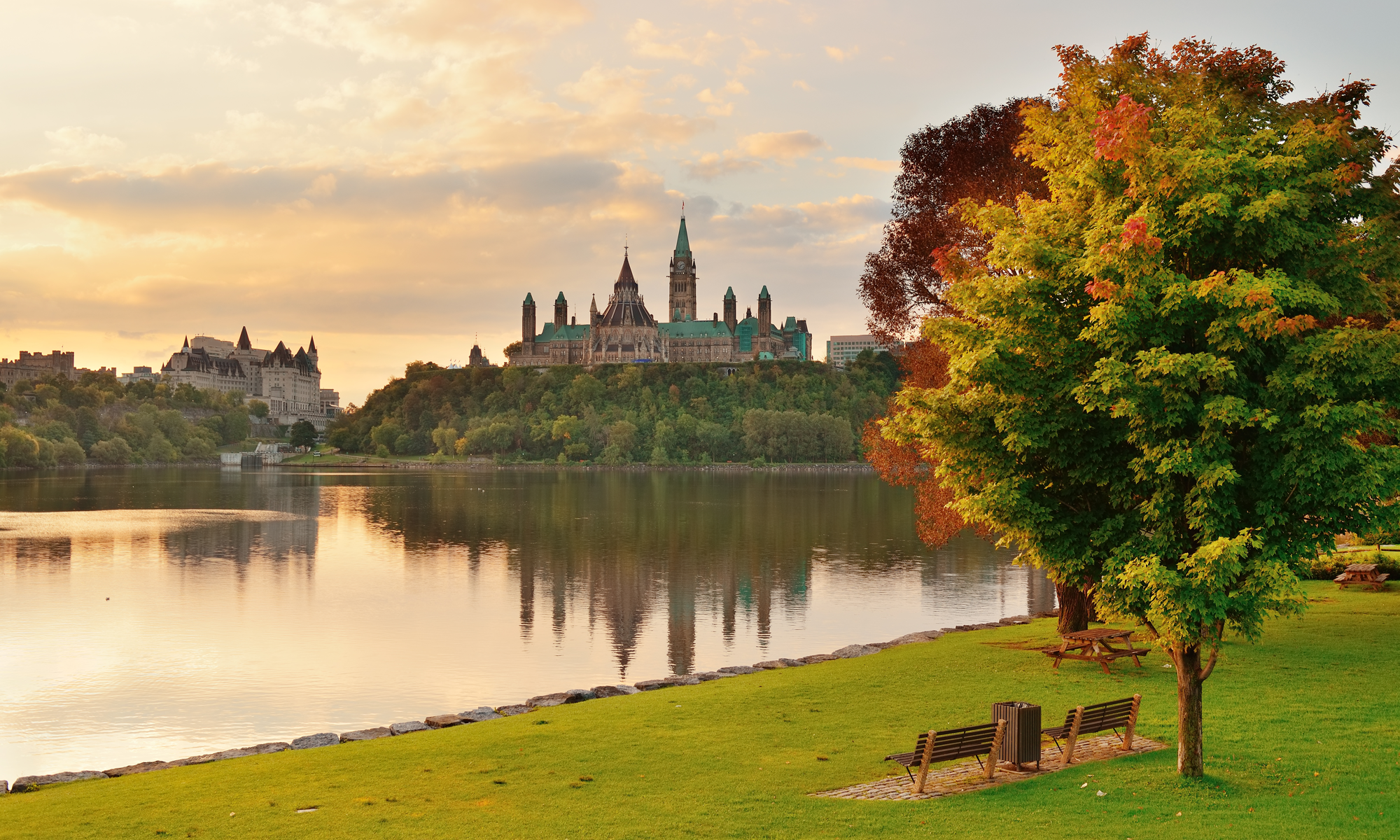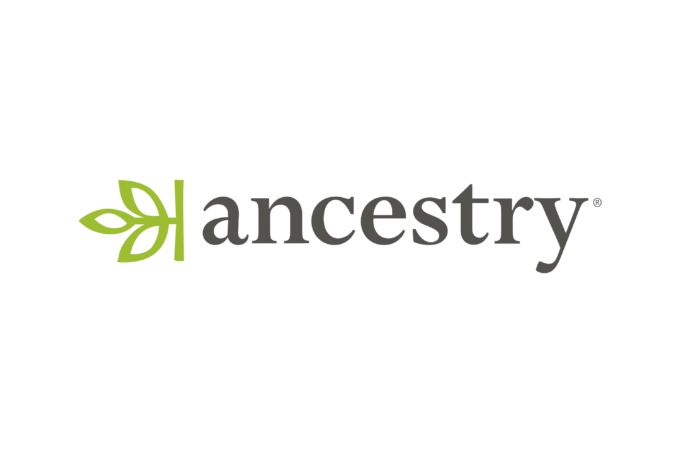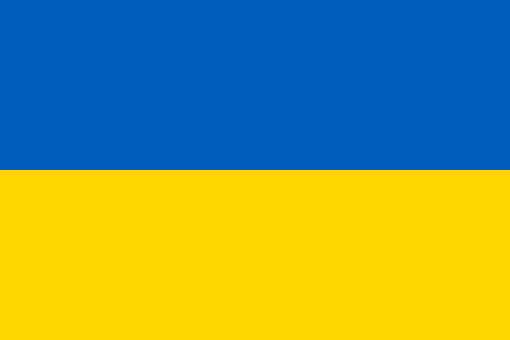| Newspaper Title |
Location |
Number of Issues |
Years Covered |
| Irish Independent |
Dublin, Republic of Ireland |
20,915 |
1891–1920, 1922–1925, 1927–1938, 1940–1959, 1974, 1986–2009
|
| Islington Gazette |
London, England |
11,786 |
1856–1918 |
| Peterborough Evening Telegraph |
Peterborough, England |
10,927 |
1949–1970, 1986–1987, 1989, 1991–1997, 1999–2004
|
| Bradford Daily Argus |
Bradford, England |
7,720 |
1893–1895, 1898–1910, 1912–1915, 1917, 1920–1923
|
| Waterford Standard |
Waterford, Republic of Ireland |
6,651 |
1863, 1866–1872, 1874–1880, 1882–1886, 1888–1897, 1899, 1901–1920, 1926–1953
|
| Salisbury and Winchester Journal |
Salisbury, England |
6,622 |
1751–1752, 1762–1763, 1765–1769, 1772–1773, 1775–1778, 1780–1782, 1784, 1786–1789, 1799, 1801–1805, 1807–1812, 1814–1815, 1817–1918
|
| Banffshire Journal |
Banff, Scotland |
5,961 |
1845–1911, 1914–1920, 1948–1989
|
| Evening News (Waterford) |
Waterford, Republic of Ireland |
5,415 |
1899–1920 |
| Warder and Dublin Weekly Mail |
Dublin, Republic of Ireland |
5,094 |
1822–1877, 1890, 1897–1902, 1909–1924, 1926–1929, 1931–1938
|
| Winsford & Middlewich Guardian |
Winsford, England |
3,995 |
|
| Lloyd’s Weekly Newspaper |
London, England |
3,831 |
|
| Pawnbrokers’ Gazette |
London, England |
3,724 |
1838, 1840–1849, 1860–1894, 1900–1902, 1904–1909, 1914–1931
|
| Norfolk News |
Norwich, England |
3,695 |
1845–1897, 1899–1911, 1914–1918
|
| West Cumberland Times |
Cockermouth, England |
3,683 |
1874–1875, 1877–1891, 1893–1897, 1899–1915, 1917
|
| Portsmouth Times and Naval Gazette |
Portsmouth, England |
3,510 |
|
| Bedford Record |
Bedford, England |
3,459 |
1877, 1879, 1889, 1897–1911, 1913–1920, 1924–1965
|
| Roscommon Herald |
Boyle, Republic of Ireland |
3,368 |
1859–1884, 1886–1906, 1908–1920, 1922, 1924, 1928, 1931, 1944, 1953
|
| Southern Times and Dorset County Herald |
Weymouth, England |
3,193 |
1852–1866, 1870–1886, 1889–1896, 1898–1910, 1912–1920
|
| Aldershot Military Gazette |
Aldershot, England |
3,060 |
|
| Cambrian News |
Aberystwyth, Wales |
2,556 |
1863–1868, 1874–1896, 1898–1910, 1912–1918
|
| Glossop-dale Chronicle and North Derbyshire Reporter |
Glossop, England |
2,502 |
1859–1861, 1869–1896, 1898–1911, 1913–1918
|
| Cumberland & Westmorland Herald |
Penrith, England |
2,496 |
|
| Buckingham Express |
Buckingham, England |
2,453 |
1865–1895, 1898–1912, 1914–1915
|
| North Devon Gazette |
Bideford, England |
2,444 |
1856–1870, 1884–1909, 1912, 1914–1918
|
| Exmouth Journal |
Exmouth, England |
2,428 |
|
| Hampstead & Highgate Express |
London, England |
2,275 |
|
| Cannock Advertiser |
Cannock, England |
2,222 |
1878–1893, 1897, 1900–1909, 1914–1924, 1951–1955
|
| Willesden Chronicle |
London, England |
2,128 |
|
| Walthamstow and Leyton Guardian |
London, England |
2,120 |
1876–1916 |
| Aberystwyth Observer |
Aberystwyth, Wales |
2,112 |
1869–1885, 1887–1896, 1898–1910, 1914–1915
|
| Wolverhampton Chronicle and Staffordshire Advertiser |
Wolverhampton, England |
2,030 |
|
| Drogheda Advertiser |
Drogheda, Republic of Ireland |
1,888 |
|
| Tottenham and Edmonton Weekly Herald |
London, England |
1,873 |
1869, 1874, 1877, 1879, 1889, 1891, 1899–1918
|
| Dromore Weekly Times and West Down Herald |
Dromore, Northern Ireland |
1,873 |
1905–1929, 1931, 1940–1949, 1952
|
| Kings County Chronicle |
Offaly, Republic of Ireland |
1,850 |
|
| Cornish & Devon Post |
Launceston, England |
1,821 |
1877–1896, 1900–1911, 1914, 1916–1918
|
| Isle of Wight County Press |
Newport, England |
1,739 |
|
| Orcadian |
Kirkwall, Scotland |
1,674 |
|
| Leominster News and North West Herefordshire & Radnorshire Advertiser |
Leominster, England |
1,650 |
|
| Empire News & The Umpire |
Manchester, England |
1,649 |
1884–1895, 1897–1911, 1914–1918
|
| Newtownards Chronicle & Co. Down Observer |
Newtownards, Northern Ireland |
1,633 |
1873–1879, 1881–1900, 1914–1918
|
| Blaydon Courier |
Blaydon, England |
1,606 |
1905–1909, 1914–1929, 1940–1949
|
| Warminster & Westbury Journal |
Warminster, England |
1,547 |
1881–1895, 1897, 1899–1908, 1914–1918
|
| Pontypool Free Press |
Pontypool, Wales |
1,535 |
1859–1896, 1898–1903, 1905–1909, 1914–1918
|
| Boxing World and Mirror of Life |
London, England |
1,510 |
|
| Pearson’s Weekly |
London, England |
1,474 |
1890–1918 |
| Tyrone Courier |
Dungannon, Northern Ireland |
1,453 |
1880, 1885, 1888–1889, 1891–1909, 1914–1918
|
| Bo’ness Journal and Linlithgow Advertiser |
Falkirk, Scotland |
1,452 |
1884–1891, 1914–1920, 1940–1952
|
| Harrogate Advertiser and Weekly List of the Visitors |
Harrogate, England |
1,384 |
1854, 1860, 1865–1866, 1872, 1877, 1880, 1889, 1918–1920, 1988–2004
|
| Irish Homestead |
Dublin, Republic of Ireland |
1,353 |
1896–1922 |
| Bournemouth Times and Directory |
Bournemouth, England |
1,319 |
1889, 1919–1920, 1930–1950
|
| Cork Weekly Examiner |
Cork, Republic of Ireland |
1,284 |
1896–1920 |
| St. Marylebone and Paddington Record |
London, England |
1,259 |
1914–1925, 1927–1929, 1940–1949
|
| Hants and Berks Gazette and Middlesex and Surrey Journal |
Basingstoke, England |
1,253 |
|
| Fife News |
Cupar, Scotland |
1,147 |
1875–1877, 1879–1890, 1914–1920
|
| Uttoxeter Advertiser and Ashbourne Times |
Uttoxeter, England |
1,146 |
|
| Finchley Press |
London, England |
999 |
|
| Cumberland Evening News |
Carlisle, England |
878 |
1914–1918 |
| Dromore Leader |
Dromore, Northern Ireland |
878 |
1916–1920, 1978–1984, 1986–1992
|
| County Express |
Stourbridge, England |
840 |
1885–1891, 1897, 1910–1918
|
| Whitehaven Advertiser and Cleator Moor and Egremont Observer |
Whitehaven, England |
755 |
1891–1893, 1905–1906, 1909–1915, 1918–1920
|
| Rushcliffe Advertiser |
Hucknall, England |
718 |
1888–1889, 1896, 1898–1909
|
| Loughborough Herald & North Leicestershire Gazette |
Loughborough, England |
709 |
|
| Irish Society (Dublin) |
Dublin, Republic of Ireland |
686 |
|
| Shamrock |
Dublin, Republic of Ireland |
672 |
1884–1896 |
| Yarmouth Mercury |
Great Yarmouth, England |
653 |
1880, 1884, 1889–1892, 1897, 1899, 1911–1912, 1915, 1917–1918
|
| County Courts Chronicle |
London, England |
502 |
1847–1870, 1885–1896, 1914–1920
|
| Enniscorthy Echo and South Leinster Advertiser |
Enniscorthy, Republic of Ireland |
466 |
1905–1906, 1910–1912, 1916–1920
|
| East Essex Advertiser and Clacton News |
Clacton-on-Sea, England |
460 |
1889, 1900–1905, 1912, 1918
|
| Jewish World |
London, England |
442 |
1877, 1889, 1898–1899, 1902–1904, 1907, 1917
|
| The World |
London, England |
427 |
1914–1922 |
| Chatham, Rochester and Brompton Observer |
Chatham, England |
366 |
1914–1920 |
| Offaly Independent |
Tullamore, Republic of Ireland |
364 |
|
| Boxing |
London, England |
327 |
|
| Craven Herald |
Skipton, England |
310 |
1876–1877, 1879, 1889, 1897, 1916
|
| Brighouse Free Press and District Advertiser |
Brighouse, England |
303 |
|
| Connaught Telegraph |
Castlebar, Republic of Ireland |
257 |
1914–1918 |
| Haltwhistle Echo |
Haltwhistle, England |
254 |
1914–1918 |
| Heckmondwike Herald |
Heckmondwike, England |
260 |
|
| Citizen (London) |
London, England |
202 |
1914–1917 |
| Horwich Chronicle |
Horwich, England |
168 |
|
| Skegness Herald |
Skegness, England |
142 |
1914–1916 |
| Western Express |
Bideford, England |
111 |
1917–1919 |
| Midland Free Press |
Kettering, England |
104 |
1914–1915 |


 This collection, sourced from the
This collection, sourced from the  The Ottawa Citizen of November 16, 1994, had a front-page
The Ottawa Citizen of November 16, 1994, had a front-page